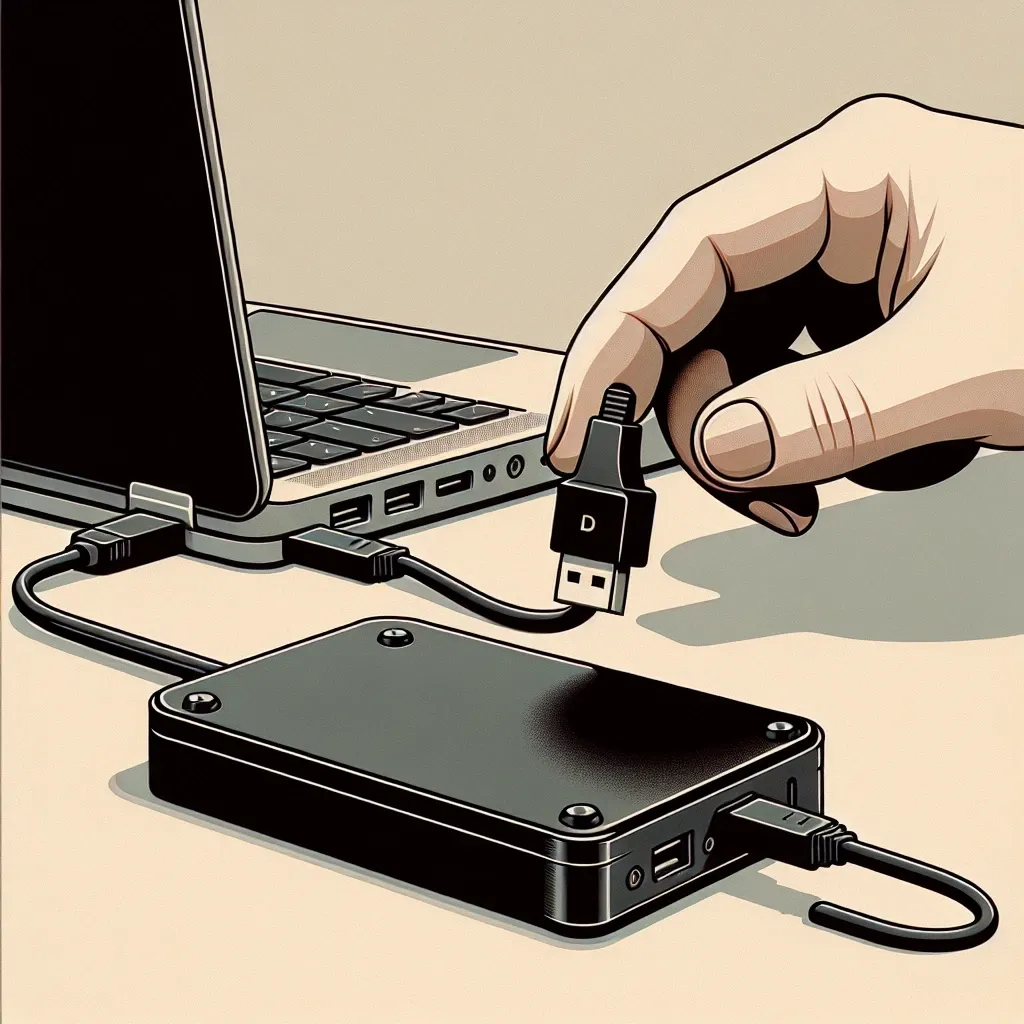About External Hard Drives
An external hard drive is a portable storage device that can be easily connected to your computer to store and transfer files. It is a convenient solution for expanding your computer’s storage capacity, backing up important data, and transferring large files.
Types of External Hard Drives
- USB External Hard Drives: These hard drives use USB ports to connect to your computer. They are the most common type and are compatible with most computers.
- Thunderbolt External Hard Drives: These hard drives use Thunderbolt ports for faster data transfer speeds. They are mainly used by professionals who require high-performance storage.
- Wireless External Hard Drives: These hard drives connect to your computer or other devices wirelessly, eliminating the need for cables. They are convenient for sharing files across multiple devices.
Steps to Connect an External Hard Drive
- Check Compatibility: Ensure that your computer has the necessary ports to connect the external hard drive. Most computers have USB ports which are compatible with USB external hard drives.
- Power On the External Hard Drive: Connect the power cable to the external hard drive and plug it into a power source.
- Connect the Data Cable: Use the appropriate data cable (usually USB or Thunderbolt) to connect the external hard drive to your computer. Insert one end of the cable into the hard drive and the other end into an available port on your computer.
- Driver Installation: In most cases, your computer will automatically recognize the external hard drive and install the necessary drivers. If not, you may need to install the driver software provided by the manufacturer.
- Access the External Hard Drive: Once the connection is established, you can access the external hard drive by opening the File Explorer (Windows) or Finder (Mac). The external hard drive will appear as a new drive or volume.
- Transfer and Manage Files: You can now transfer files to and from the external hard drive just like you would with your internal storage. You can create folders, copy or move files, and organize your data as needed.
- Safely Eject the External Hard Drive: Before disconnecting the external hard drive, make sure to safely eject it from your computer. This ensures that all data is saved and no files are corrupted. On Windows, right-click on the drive and select ‘Eject.’ On Mac, drag the drive icon to the trash bin and wait for it to disappear.
By following these simple steps, you can easily connect an external hard drive to your computer and expand your storage capacity. Whether you need extra space for your multimedia files or want to keep your important data backed up, an external hard drive is a reliable solution.

